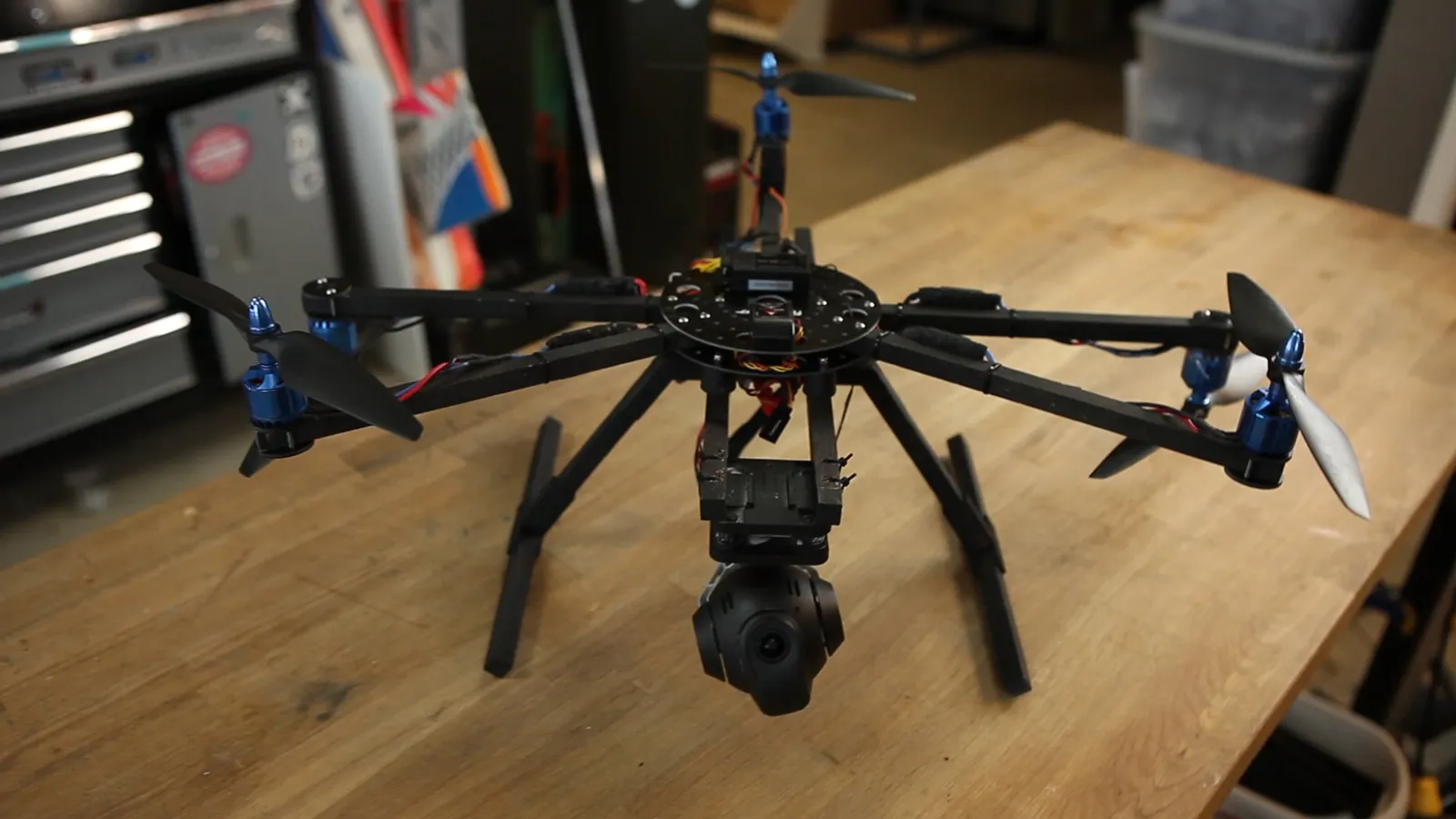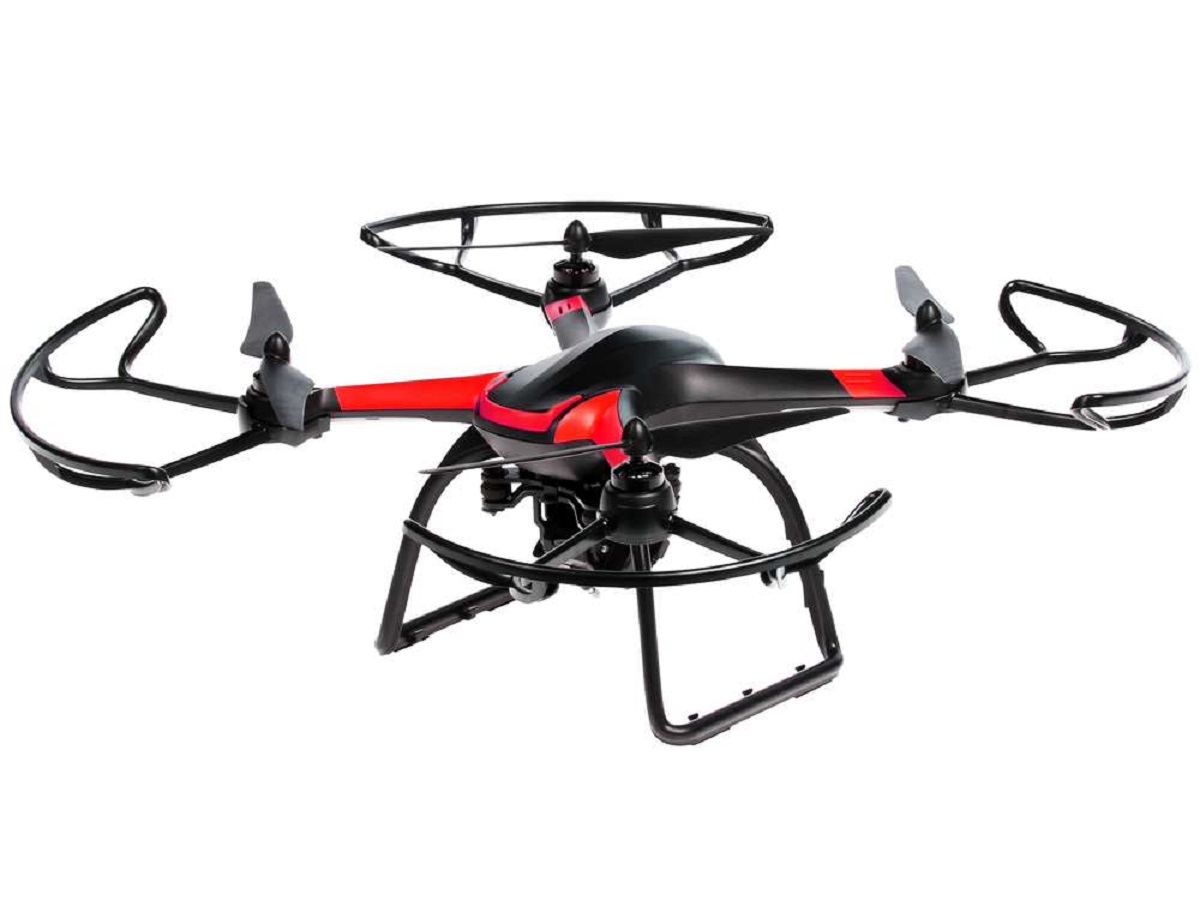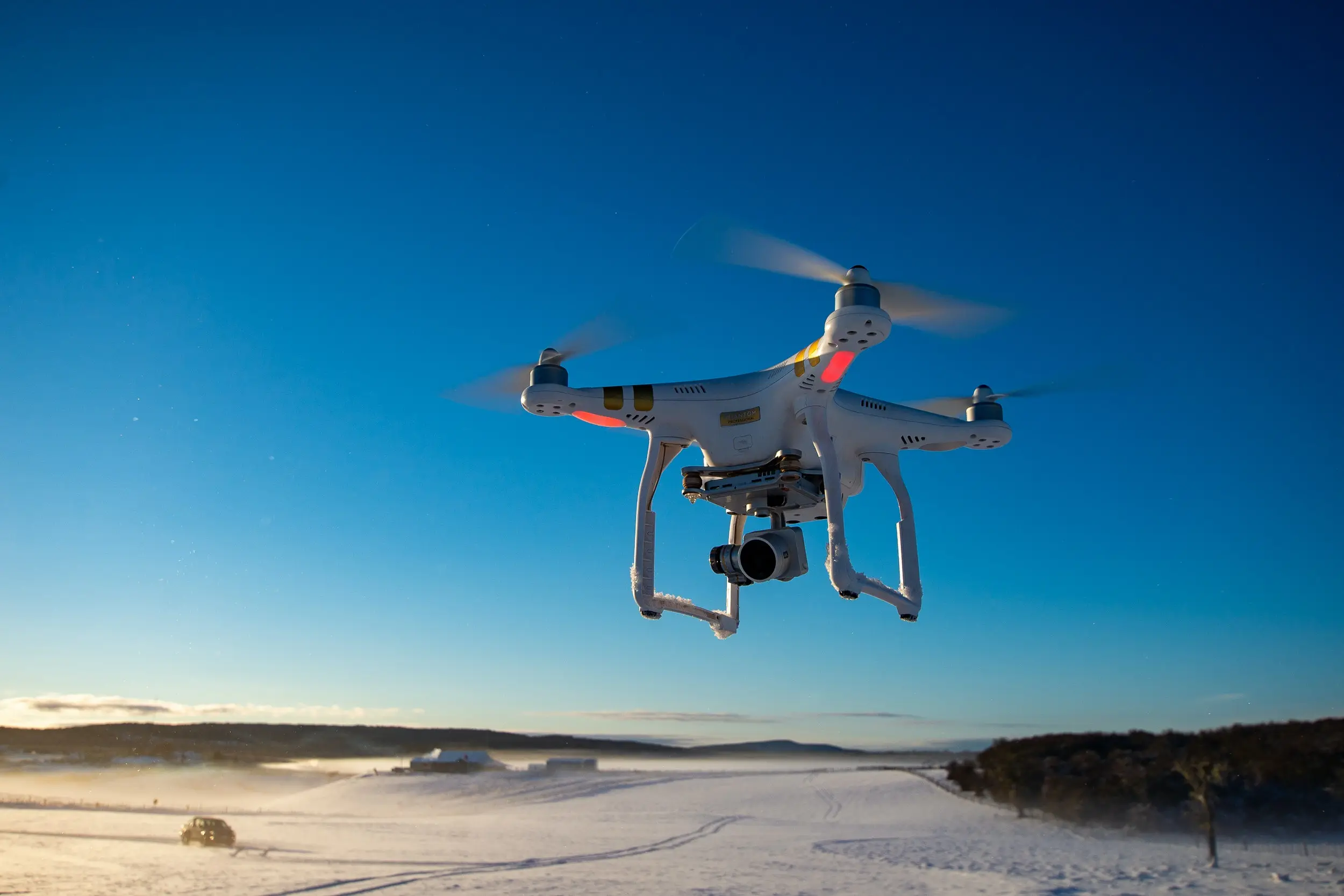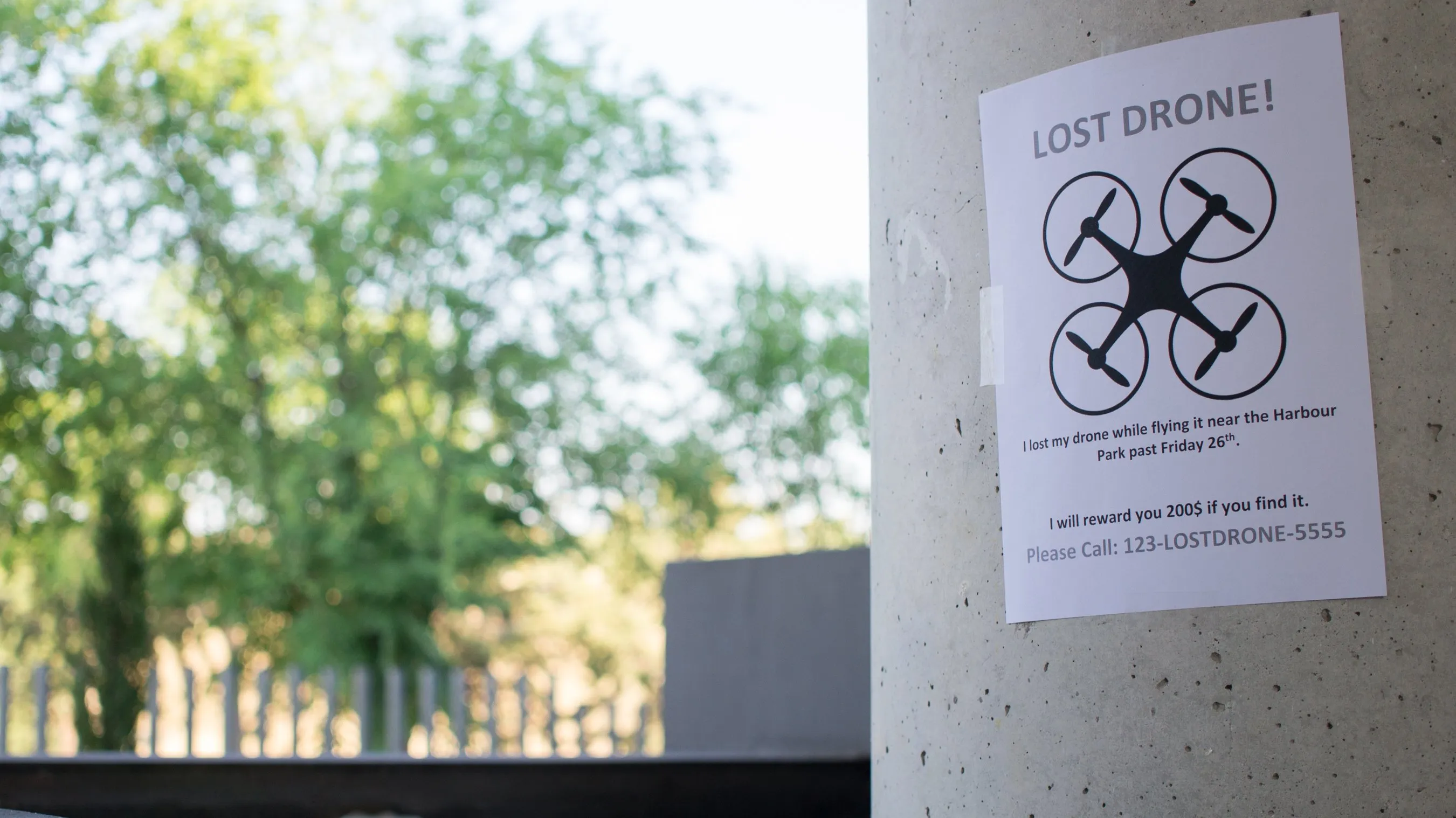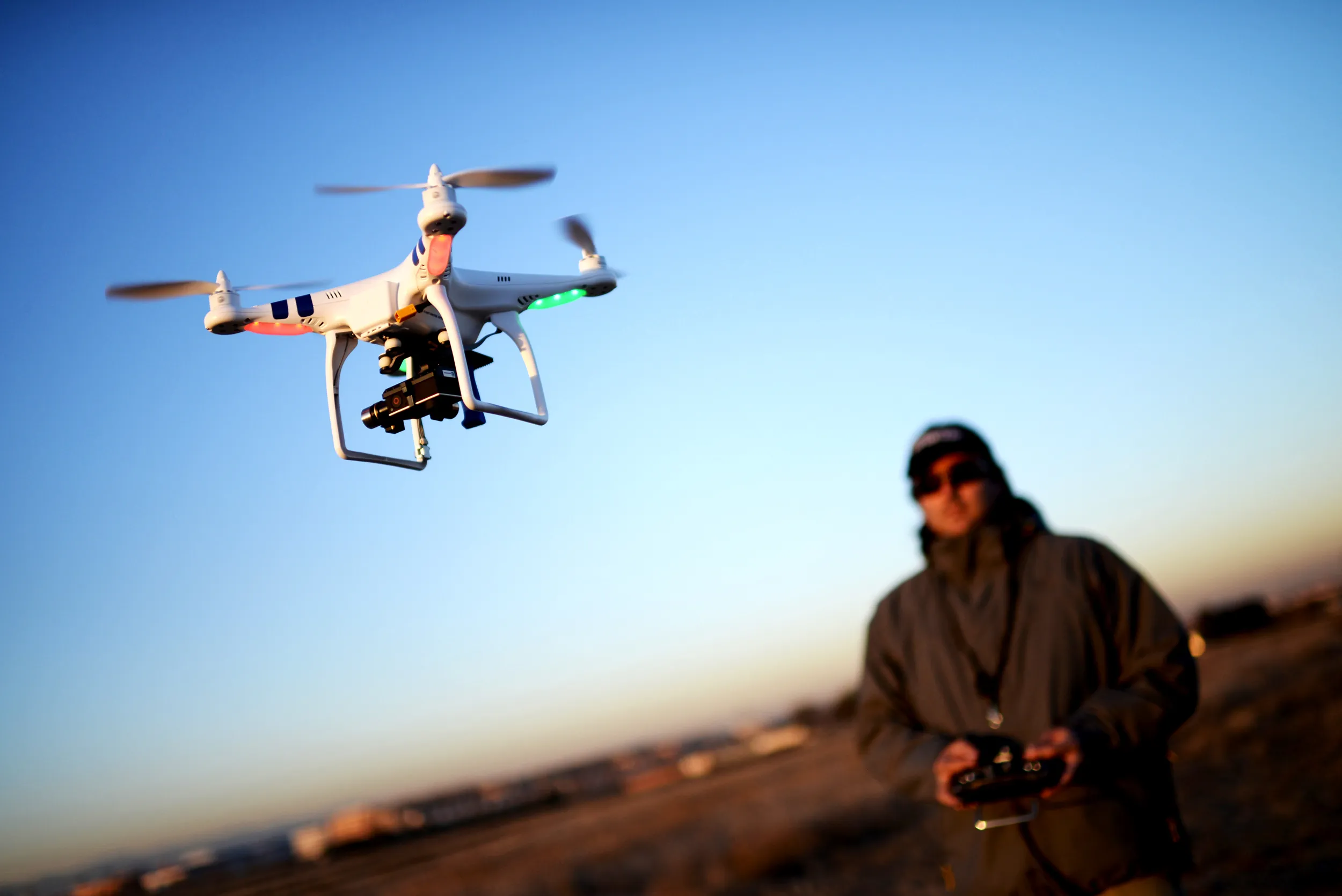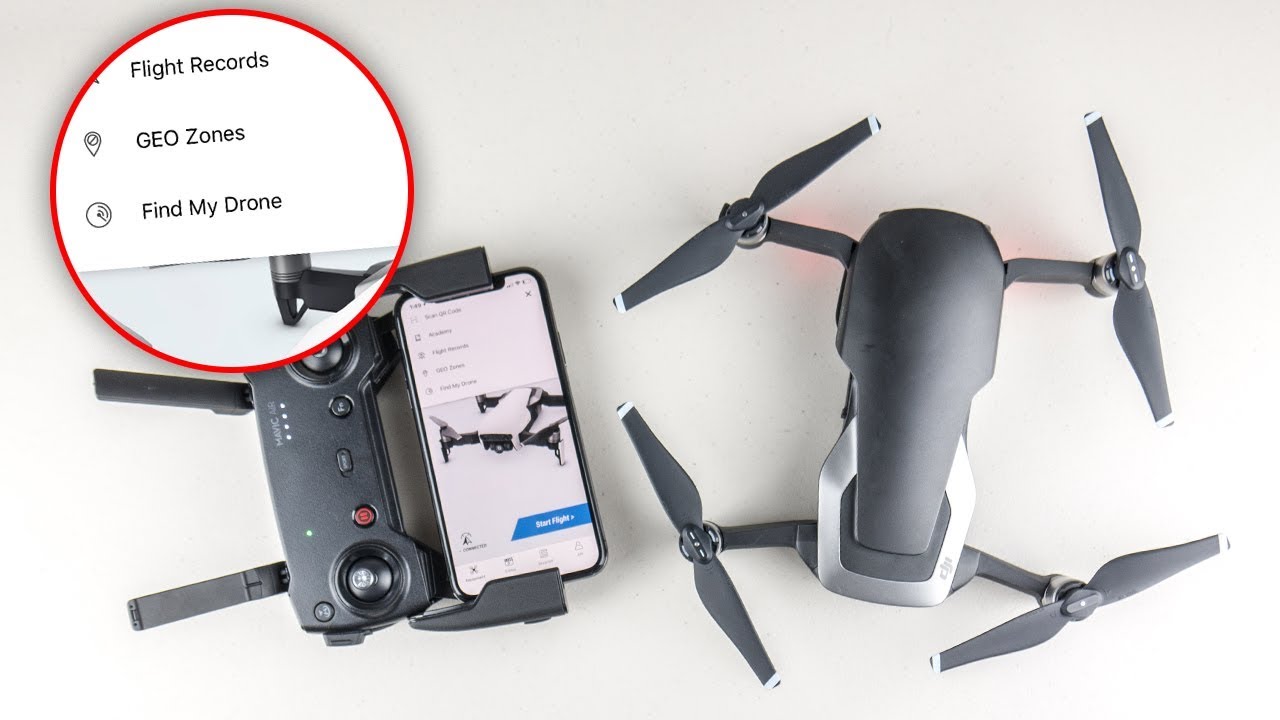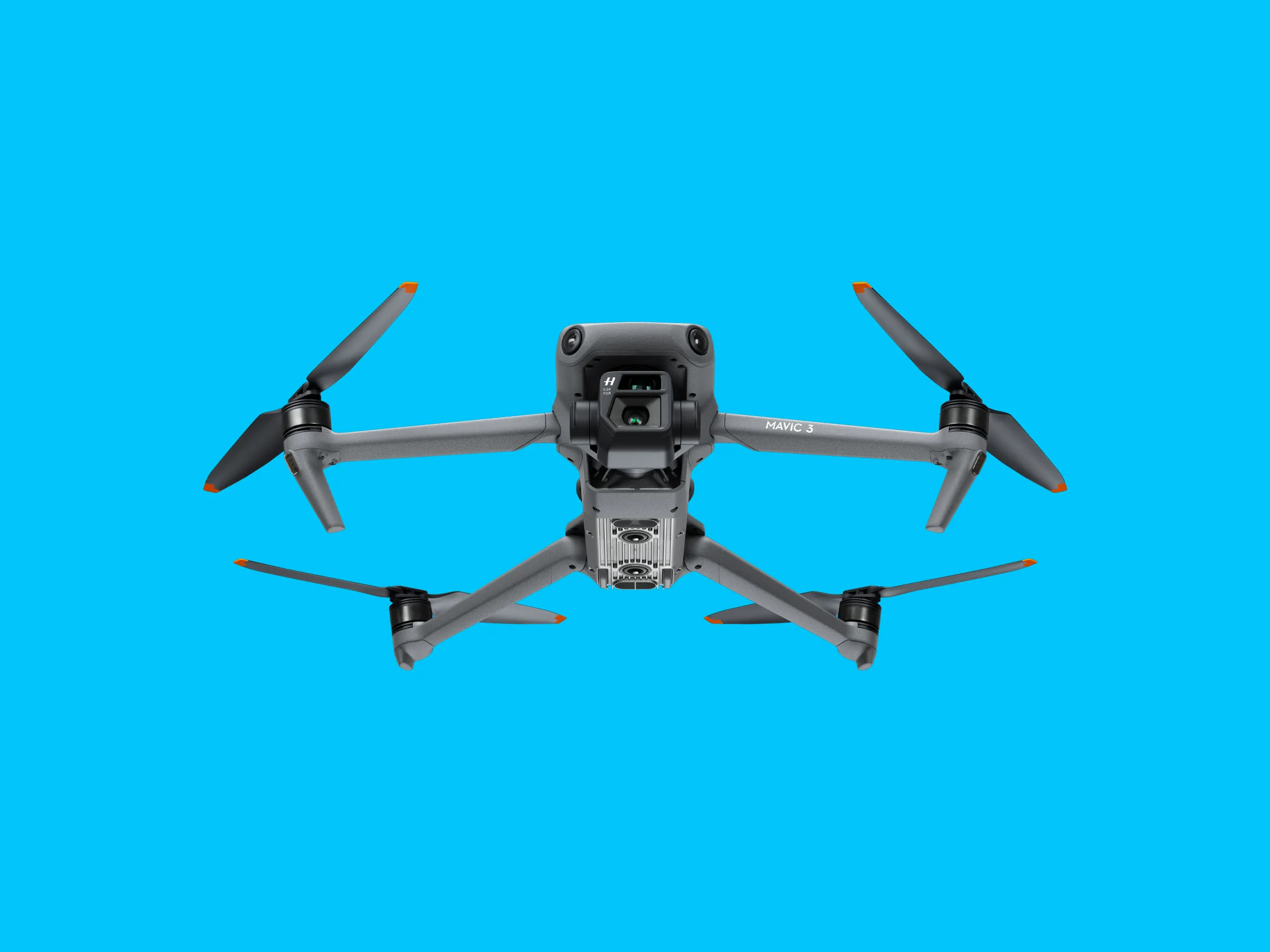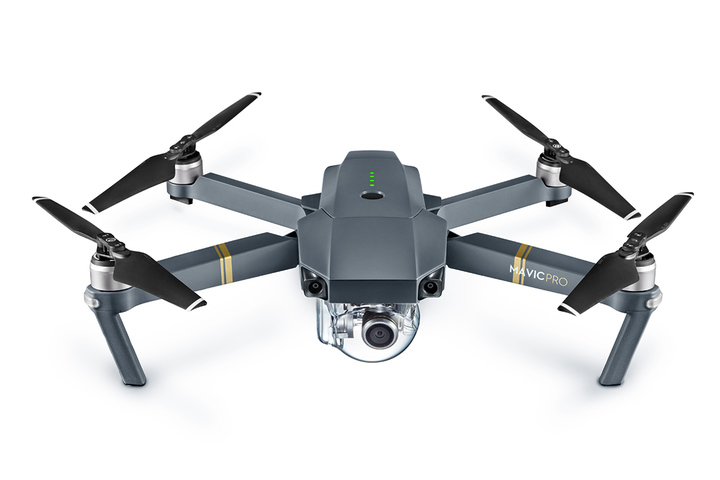Introduction
Unmanned aerial vehicles, commonly known as drones, have become a ubiquitous sight in today’s world. Whether used for aerial photography, delivery services, or military operations, drones have revolutionized the way we interact with the skies. But have you ever wondered where the word “drone” originated from? How did this seemingly futuristic term become associated with these flying marvels?
In this article, we will delve into the origins of the word “drone” and explore its fascinating journey from its historical roots to its modern-day usage.
From ancient warfare to modern technology, drones have been a part of human civilization in varying forms for centuries. However, the term “drone” as we know it today has a distinct etymology that can be traced back to its French origins and an intriguing connection to male bees.
So fasten your seatbelts and prepare to embark on a linguistic journey as we uncover the origins and evolution of the word “drone.”
Definition of Drone
Before diving into the origins of the word “drone,” it’s important to establish a clear understanding of what a drone actually is. In its most basic definition, a drone is an unmanned aircraft or vehicle that is remotely or autonomously controlled.
Drones come in various shapes and sizes, ranging from small hobbyist quadcopters to large-scale military surveillance aircraft. They are typically equipped with cameras, sensors, and other technology that enable them to perform a wide range of tasks, whether it’s capturing breathtaking aerial footage, conducting search and rescue operations, or even carrying out military missions with pinpoint accuracy.
One of the defining characteristics of drones is their ability to fly without a pilot onboard. This is what sets them apart from traditional manned aircraft. With advancements in technology, drones can navigate through the skies, gather data, and perform tasks that would otherwise be risky or impractical for human pilots.
Another important aspect of drones is their versatility. They can be customized and adapted to suit various needs and industries. Whether it’s for aerial photography, agriculture, infrastructure inspections, or package delivery, drones have found their place in many sectors.
It’s worth noting that while the term “drone” is commonly associated with aerial vehicles, it can also refer to ground-based or underwater unmanned systems. These variations broaden the scope and potential applications of drones beyond the skies alone.
In summary, a drone is an unmanned aircraft or vehicle that can be remotely or autonomously controlled. Its ability to operate without a human pilot onboard and its versatility in performing a wide range of tasks make drones a cutting-edge technology that continues to shape various industries.
Origins of the Word Drone
The word “drone” may evoke images of futuristic technology, but its origins can be traced back to the French language and an unexpected source: male bees.
In the early 20th century, the term “drone” was adopted from the French word “bourdon,” which referred to the deep, continuous humming sound produced by a male bee. The male bees, also known as drones, played a specific role in the hive – their primary purpose was to mate with the queen bee.
Interestingly, the word “bourdon” itself had its roots in the Latin word “burdo,” which meant a drone or a bagpipe. This connection to the musical instrument reflects the droning sound produced by bees during their flights.
Over time, the term “bourdon” transitioned into the English language as “drone.” However, the word took on a new meaning that extended beyond the world of bees. It began to be used to describe objects or vehicles that emitted a continuous humming or buzzing sound.
With the advent of aviation technology, the term “drone” was further expanded to describe aircraft that were unmanned or remotely controlled. This new definition drew a parallel between the male bees’ purpose in the hive and the unmanned aircraft’s lack of human presence.
Thus, we see how the origins of the word “drone” took inspiration from the buzzing sound of male bees and evolved to describe both the sound itself and, eventually, unmanned aircraft.
Today, the term “drone” has become firmly entrenched in our vocabulary, representing a wide range of unmanned aerial vehicles used for various purposes. However, its humble beginnings in the buzzing of bees serve as a reminder of the interconnectedness of language and the diverse sources from which our words and expressions arise.
French Origins
The word “drone” has its roots in the French language, specifically derived from the term “bourdon.” When tracing the origins of the word, we find a fascinating connection to the buzzing of male bees and the French language.
The French word “bourdon” originally referred to the deep, continuous humming sound created by male bees. These male bees, known as drones, played a crucial role in the hive by fertilizing the queen bee. The distinct sound they produced became associated with their presence and activities within the bee community.
It is worth noting that the French term “bourdon” also had a musical connotation. In French, it referred to a musical instrument – the bagpipe. Just like the droning sound of the bees, the bagpipe produced a continuous, low-pitched sound, making the connection between the two even more intriguing.
Over time, the term “bourdon” made its way into the English language and underwent a transformation to become “drone.” While the original meaning of the word was centered around the buzzing of bees, the English adaptation expanded its definition to include other objects or vehicles that emitted a similar continuous humming or buzzing sound.
As the field of aviation developed and unmanned aircraft began to emerge, the term “drone” took on a new meaning. It started to represent aircraft that were unmanned or remotely piloted. The parallel between the male bees’ purpose in the hive and the lack of human presence in unmanned aircraft made the association fitting.
Thus, the French origins of the word “drone” not only align it with the buzzing of male bees but also highlight the multidimensional nature of language, incorporating both natural sounds and cultural references.
It is interesting to see how a term originating from the buzzing of bees in France has now become synonymous with unmanned aircraft worldwide.
The Male Bee Connection
The evolution of the word “drone” from its French origins also has an intriguing connection to male bees and their role in the hive. Male bees, also called drones, play a unique and vital role in the bee community, which bears similarities to the concept of unmanned aircraft.
In a beehive, drones exist solely for the purpose of mating with the queen bee. They do not engage in tasks such as collecting nectar or pollen like the female worker bees. Instead, their main function is to fertilize the queen and contribute to the perpetuation of the colony.
When drones take to the air in search of a queen from another hive, they emit a deep and continuous buzzing sound. This unique sound, known as “drone” as described in earlier sections, is produced by the rapid vibration of their wings during flight.
The association between the male bees and the word “drone” arises from this buzzing sound they create. The term “drone” in English was adopted from the French word “bourdon,” which referred to both the sound produced by the bees and an instrument that produced a similar continuous tone – the bagpipe.
This connection between the male bees’ activity and the word “drone” is intriguing, as unmanned aircraft share a common trait – the absence of a human pilot. Just as drones, or male bees, fly autonomously to fulfill their purpose, unmanned aircraft navigate the skies without a pilot on board, carrying out various tasks.
The parallel between the male bees’ role in the hive and the concept of unmanned aircraft emphasizes the absence of human presence and the specialized function these drones serve. It also reinforces the nature of drones as a separate entity, dedicated to specific objectives without the need for direct human control.
The male bee connection to the word “drone” adds a layer of symbolism to the term and highlights the fascinating interplay between nature and human ingenuity in shaping language and concepts.
Evolution of the Word Drone
The word “drone” has undergone an interesting evolution throughout history, transitioning from its original French origins to its modern-day usage as a term for unmanned aircraft. This evolution reflects the advancements in technology and the changing perception of drones over time.
Originally derived from the French word “bourdon,” which referred to the deep, continuous humming sound produced by male bees, the term “drone” entered the English language with a focus on the buzzing sound itself. It then expanded to describe other objects or vehicles that emitted a similar continuous humming or buzzing noise.
With the rise of aviation technology, the term “drone” began to take on a new meaning. It became associated with aircraft that were unmanned or remotely controlled. This shift in definition was influenced by the parallel between the purpose of the male bees in the hive and the lack of human presence in unmanned aircraft.
As technological advancements progressed, the capabilities of drones expanded, leading to various applications beyond mere buzzing sounds or surveillance. They became increasingly sophisticated, equipped with advanced sensors, cameras, and intelligent software, enabling them to perform a wide range of tasks with precision and efficiency.
Today, the word “drone” has become synonymous with unmanned aerial vehicles, representing a broad spectrum of aircraft used in diverse industries. From aerial photography and videography to search and rescue operations, agriculture, mapping, package delivery, and even entertainment and recreational use, drones have found their place in numerous sectors.
The evolution of the word “drone” from its original association with male bees’ buzzing sound to its modern-day usage showcases the adaptation and reshaping of language to reflect technological advancements and changing societal perceptions. It underlines the dynamic nature of language itself, constantly evolving to accommodate and describe new innovations.
As drones continue to push boundaries and find new applications in various fields, it will be fascinating to witness how the word “drone” further evolves to capture the ever-expanding capabilities and potential of these remarkable unmanned aircraft.
Modern Day Drone Usage
In the modern era, drones have become an integral part of various industries and have revolutionized the way we approach tasks that were once unimaginable. The versatility, accessibility, and advanced capabilities of drones have opened up a myriad of possibilities across different sectors.
One of the most common and popular uses of drones today is aerial photography and videography. Drones equipped with high-resolution cameras allow photographers and filmmakers to capture breathtaking shots from unique angles and perspectives. This application has transformed the fields of filmmaking, real estate, tourism, and more.
Moreover, drones have proven to be invaluable tools in agriculture. With advanced sensors and imaging technology, drones can analyze crops, monitor plant health, and assist in precision farming. Farmers can gather real-time information about their fields, optimize resource allocation, and make data-driven decisions to increase productivity and reduce environmental impact.
In the field of infrastructure inspection, drones have significantly improved efficiency and safety. Traditional inspection methods often involve manual labor and potential risks for workers. Drones provide a cost-effective and safer alternative, allowing for quick and accurate inspections of bridges, power lines, buildings, and other structures.
Another area where drones are making significant strides is in package delivery. Companies like Amazon and UPS have experimented with drone delivery systems to enhance the speed and efficiency of their delivery services. Drones have the potential to reach remote areas and deliver small packages faster than traditional methods, especially in emergency situations.
Search and rescue operations have also seen the benefits of drone technology. Drones equipped with thermal imaging and aerial surveillance capabilities can assist in locating missing persons or providing assistance in disaster-stricken areas where access may be restricted or dangerous for human rescuers.
Additionally, drones have made their way into the world of sports and entertainment. They are used for capturing dynamic and immersive footage during live events, providing viewers with unique perspectives and enhancing their overall experience.
The use of drones continues to expand rapidly, thanks to ongoing technological advancements. From environmental monitoring and wildlife conservation to construction, mining, and even scientific research, there seems to be no limit to the applications of these unmanned aerial vehicles.
As regulations evolve and drones become more integrated into society, we can expect further innovation and advancements in their capabilities, continually pushing the boundaries of what is possible.
Conclusion
The word “drone” has an intriguing history, evolving from its French origins associated with the buzzing of male bees to its modern-day usage as a term for unmanned aircraft. This linguistic journey reflects the dynamic nature of language itself, adapting to technological advancements and societal shifts.
Drones, or unmanned aerial vehicles, have transformed various industries, revolutionizing the way tasks are performed. From aerial photography and videography to agriculture, infrastructure inspections, package delivery, and even search and rescue operations, drones have become versatile tools with countless applications.
While the word “drone” may have originated from the buzzing sound of male bees, its definition has expanded to encompass the unmanned and remote operation of aircraft. This expansion reflects the absence of human presence in drones, as seen in the specialized role of the male bees in the bee community.
As drones continue to advance technologically, their capabilities and potential uses will only continue to grow. With ongoing developments in sensors, imaging technology, and artificial intelligence, drones are becoming even more sophisticated and efficient in their tasks. The possibilities for their application are expanding, and industries are finding innovative ways to leverage their capabilities.
The evolution of the word “drone” showcases the ever-evolving nature of language and highlights the interconnectedness between nature, culture, and human ingenuity. The transformation of drones from a term associated with bees to one synonymous with cutting-edge technology reflects the continuous progression of society.
As we move forward, it will be fascinating to witness how drones continue to shape our world. With their ability to access remote locations, collect data, and perform various tasks, they are poised to play an increasingly significant role in industries ranging from agriculture and infrastructure to photography and entertainment.
The word “drone” serves as a reminder of the rich history and the remarkable advancements that have brought us to the present-day, where unmanned aircraft have become an integral part of our lives. Whether capturing stunning aerial footage or assisting in critical operations, drones have truly revolutionized how we interact with the skies and the world around us.







